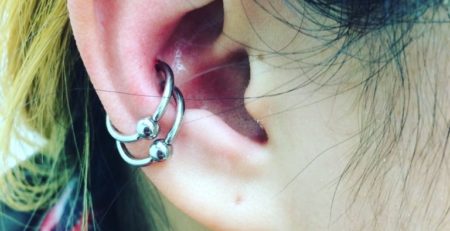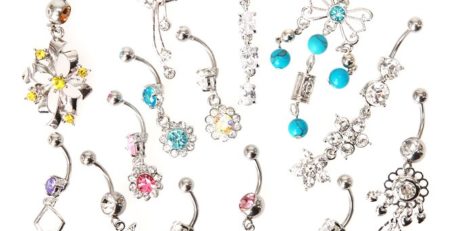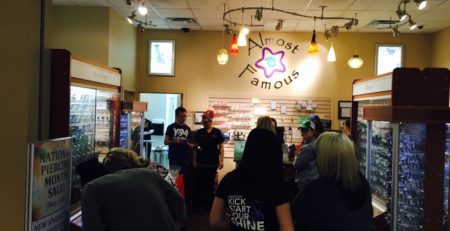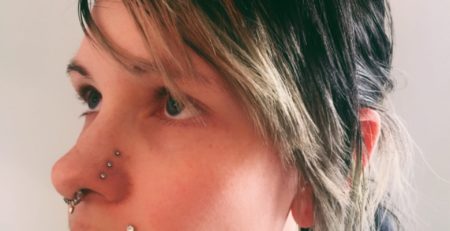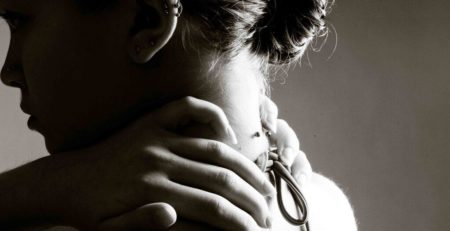Everything You Need to Know About Cartilage Piercings
If you’ve ever thought about getting a cartilage piercing, odds are you had plenty of questions on the topic. Cartilage piercings are one of the more popular styles of body piercing, especially because they are a versatile selection of piercings that can suit nearly any style and personality.
Here’s a handy guide to everything you need to know about cartilage piercings, so you can decide which piercing is right for you.
What is a Cartilage Piercing?
Cartilage piercing is technically a broader category of piercings that include many specific types and can be located on one or both ears.
While the lower part of your ear (the earlobe) is soft and fleshy, most of the rest of the ear contains cartilage just beneath the skin. Because the ear is made up of a considerable amount of cartilage, the most piercing placement in the ear is considered a “cartilage piercing.” As with any piercing, placement is dependent on your specific anatomy.
Here are a few types of cartilage ear piercing you may want to consider:
- A helix piercing is located on the outer rim of the ear and can be placed either on the higher or lower portion of this area.
- A forward helix piercing is located on the “front” part of the cartilage where your ear meets your face. It is common for people to get three forward helix piercings in a line going up the ear.
- The Daith piercing goes through the “crus helix” portion of the ear, the fold of cartilage above the tragus and below the rook.
- A rook piercing is the little “ridge” of cartilage right above the center of the ear.
- A conch piercing goes through the center of the conch, or cup, of the ear
- An industrial piercing is a long bar that goes through the top of the ear. This piercing can be horizontal or vertical.
- A snug piercing is a horizontal piercing on the raised cartilage in the anti-helix part of the ear.
- Tragus piercings are placed on the portion of skin and cartilage right in front of your ear canal. This is the small triangular-shaped area near the center of your ear.
Do Cartilage Piercings Hurt?
Like any piercing, the pain associated with cartilage piercing depends mainly on your personal pain tolerance. Most people compare the feeling to a quick insect bite or firm pinch but agree that it’s absolutely tolerable.
Cartilage Piercing Aftercare
The aftercare process for a cartilage piercing is very similar to that of other body piercings. Mild to moderate redness, swelling and irritation is relatively normal, and will usually go away once healing is complete.
Avoid playing with your new piercing, as this can often slow down the healing process. Instead of putting harsh chemicals on the piercing (such as peroxide or rubbing alcohol), stick with gentle cleaning products such as the non-iodized sea salt and glycerin soap that you bring home after getting pierced at any Almost Famous Body Piercing location. Finally, practicing overall healthy habits, such as drinking plenty of water and eating well, can help contribute to a quicker, easier healing process for your cartilage piercing.
Come to Almost Famous Body Piercing for Your Next Piercing
Whether it’s a cartilage piercing you’re interested in or another unique piercing style, the talented piercers at Almost Famous Body Piercing can bring your vision to life. With locations in Minnesota, North Dakota, Illinois, and Montana and countless happy clients, we’re one of the best piercing shops in the Midwest. With extensive piercing experience, unparalleled customer service, and a huge selection of body jewelry, Almost Famous Body Piercing should be your first choice.
Check out our piercing portfolio for inspiration for your next piercing or visit your nearest Almost Famous Body Piercing location today.



